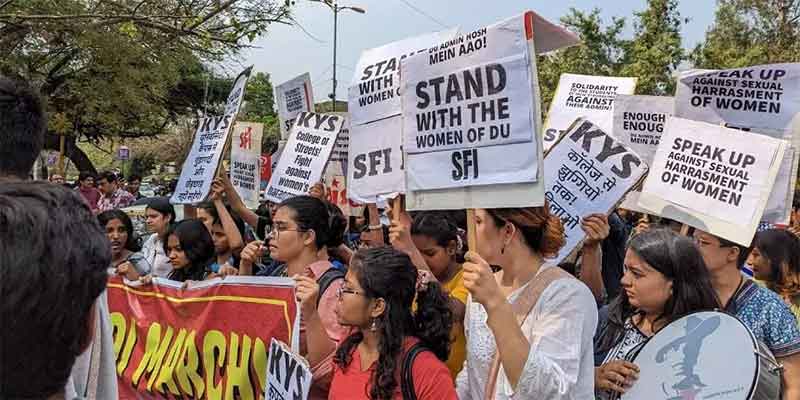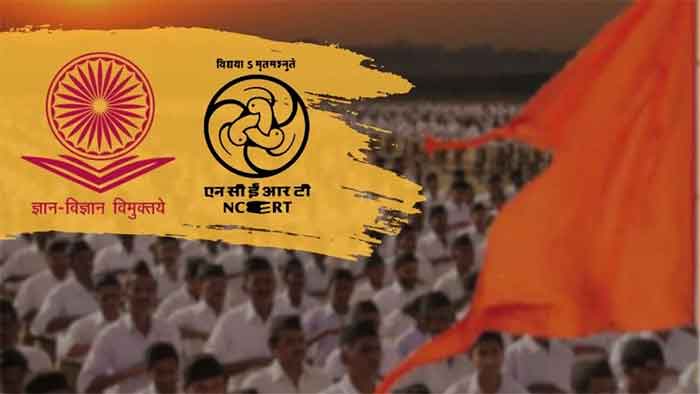
As election day (November 12) approaches, people of Himachal Pradesh are more inclined to recall the more impressive achievements of the long era of Congress rule. In 2017-18 among Human Development indicators Himachal was at 7th place and in Gender Development indicators Himachal was at number 2 place ( compared to rank number 16 of neighboring state Haryana) among 36 states and union territories. This was achieved by the cooperation of all sections of people but the strong foundation for this was undoubtedly laid by the freedom movement leaders, led by Dr. Y.S Parmar (Former Chief Minister who dominated the political scene till 1977). These leaders of Congress, helped in important ways by the Union Government, helped this hill state to overcome heavy odds to emerge among the top states in development indicators.
This is why when AAP leaders started their Himachal election campaign by being highly critical of the past development record, ignoring strong data base to the contrary, this did not go well with the people. AAP was particularly critical of the Himachal record in education, but the available statistics indicate a very different picture of Himachal having been one of the top achievers in education at the national level.
Himachal Pradesh has villages spread over very remote areas in the middle of tough hilly terrain. Spread of educational and other development facilities in such conditions can be much more costly compared to plains.
With a literacy rate of about 88 per cent now, Himachal Pradesh may still be slightly behind a few states like Kerala, but in terms of the rise from 8 per cent ( at the time of independence) to 88 per cent now in difficult conditions it is perhaps the most inspiring example among all states in education.
A literacy rate of 87 or 88 per cent is also remarkable compared to the all-India average of around 78 per cent, or when compared to what has been achieved by some neighboring states ( 73 per cent by Uttar Pradesh, 77 per cent by Jammu and Kashmir, 81 per cent by Haryana and 84 per cent by Punjab).
Unlike Kerala, moreover, there was no exceptionally encouraging or significant background of educational work in Himachal Pradesh from pre-independence days. In this sense, Himachal Pradesh did not have a head start compared to states like Kerala where some pioneering educational work had taken place earlier.
Himachal Pradesh’s performance is all the more credible keeping in view the much higher percentage of its people living in rural areas. In fact if we only look at rural areas then the comparative performance of Himachal Pradesh is even more impressive. The literacy rate of rural Himachal Pradesh at 85.6 per cent is significantly higher than that of the rural areas of its neighbors—70 per cent in the case of Uttar Pradesh, 75 per cent in the case of Jammu and Kashmir, 77 per cent for Haryana and 80 per cent for Punjab.
Even if we leave aside sheer literacy and look at indicators of more advanced progress in education, Himachal Pradesh has done well. Its percentage of population which has completed secondary education is among the best in the country.
What is no less impressive is that economically and social weaker sections have also recorded significant improvements in literacy and education in Himachal Pradesh education. The latest available data on comparative performance in this context tells us that in the case of scheduled castes the literacy rate of Himachal Pradesh at 78 per cent is significantly better than the all-India achievement of 63 per cent. It is also much better than several neighboring states including Uttar Pradesh with 60 per cent literacy, 64 per cent for Punjab and 66 per cent for Haryana.
If we consider the data for only scheduled caste women, then Himachal Pradesh is even more ahead with a literacy rate of 71 per cent, compared to the all-India attainment of only 52 per cent. Himachal is also way ahead of its neighbors Uttar Pradesh with a rate of 46 per cent, Haryana with 53 per cent and Punjab with 56 per cent.
This indicates the adoption of a more inclusive development path by Himachal Pradesh, a fact confirmed also by data for its Scheduled Tribes which have a literacy rate of 72 per cent, compared to the all-India attainment of 62 per cent. In the case of neighboring states the literacy rate for scheduled tribes is 36 per cent in Jammu and Kashmir and 44 per cent in Uttar Pradesh. If only women from scheduled tribes are considered, then the achievement of Himachal Pradesh appears in even more favorable light, as this state has a literacy rate in this context of 61 per cent, compared to only 19 for Jammu and Kashmir and 39 for Uttar Pradesh.
While this data confirms the more inclusive development of Himachal Pradesh, this does not imply that there is no injustice against scheduled castes and scheduled tribes here. The reality is that discriminative practices exist here also against scheduled castes and the scheduled tribes in addition face increasing threats of displacement and denial of proper implementation of protective laws like PESA ( for decentralization) and FRA ( forest rights). This threat has increased further during the last five years of BJP rule in which displacement caused by dams, highways and other projects has become a very big issue. On the whole, however, development here has been more inclusive than in several other parts of India.
This has also created more conducive conditions for mobilization of communities for development initiatives. In the context of education, the better support from rural communities and the more active functioning of parents groups have contributed much to improvement of school education.
However the rapid spread of liquor abuse and the related violence against women as well as increased disruption of communities by too many instances of displacement have been harmful for community life as well as health and education. Political rivalries are worsening and corruption is increasing, These worrying trends should be checked to protect and improve achievements recorded earlier.
Bharat Dogra is Honorary Convener, Campaign to Save Earth Now. His recent books include When the Two Streams Met, Man over Machine and A Day in 2071.
















































